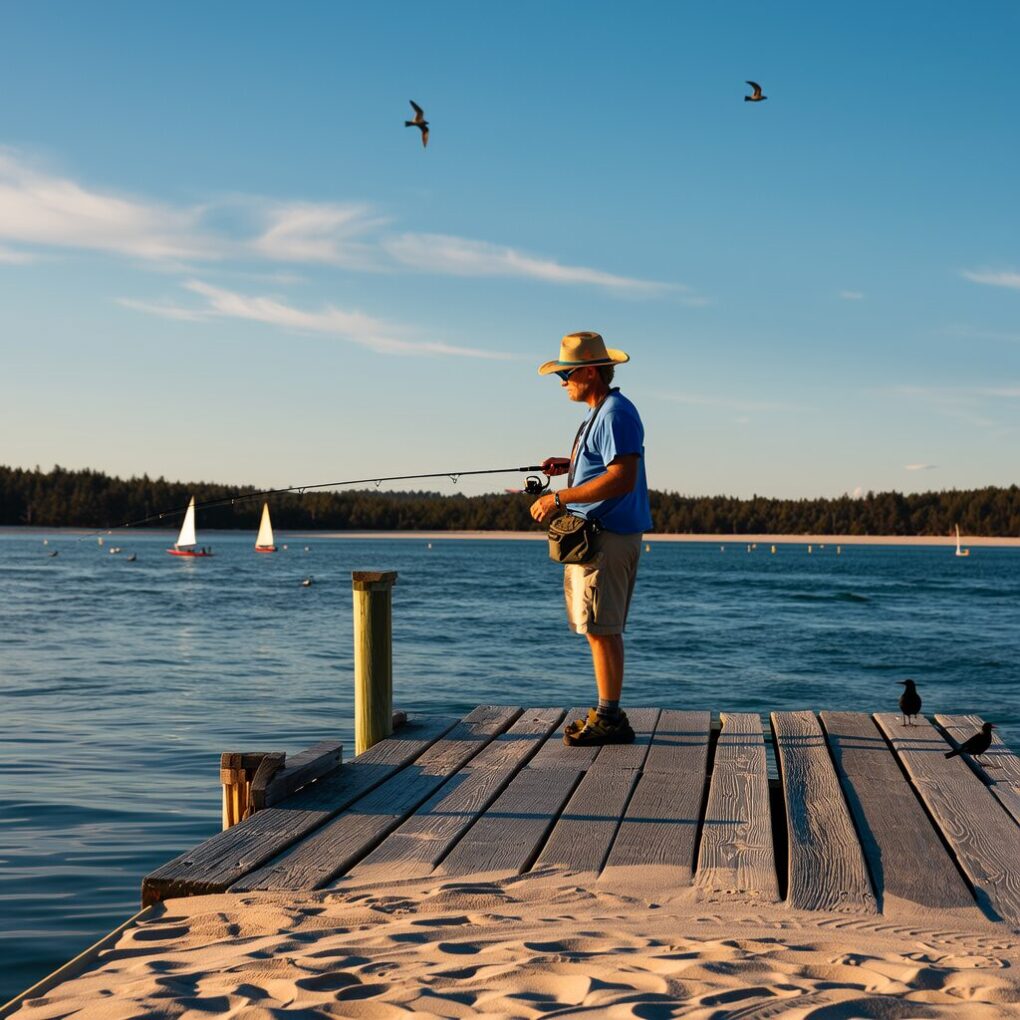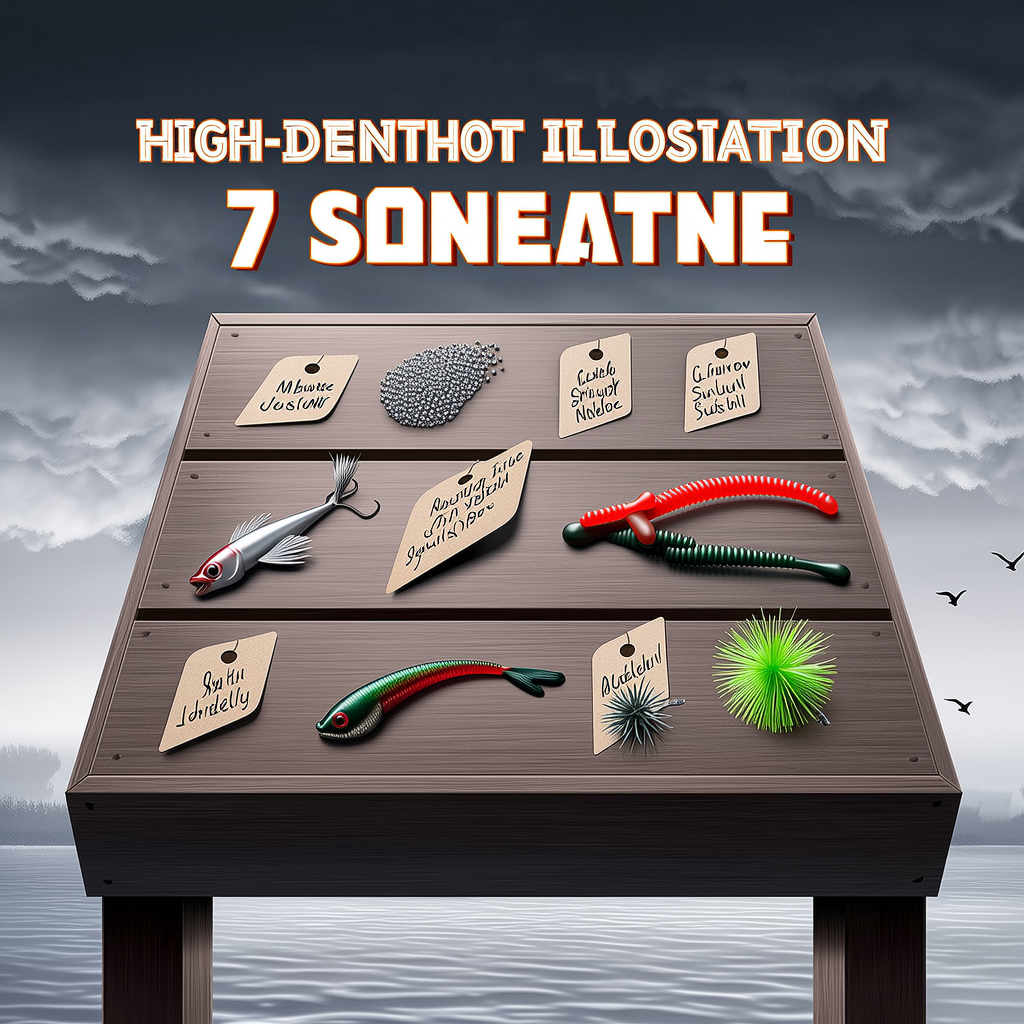Fishing is a popular outdoor sport that brings people from all walks of life together. Fishing is a great way to get away from the hustle and bustle of daily life, enjoy nature, and catch fish. Some anglers prefer fishing in natural waters, while others prefer to fish in fishing hatcheries. A fishing hatchery is a facility that raises fish for recreational fishing. We’ll be discussing what a fishing hatchery looks like, how it works and why it’s such a great destination.
What is a Fishing Hatchery?
A fishing hatchery is a facility that breeds and raises fish for fishing. The hatchery is also known as fishery. It can raise fish such as trout, salmon and catfish. Fishing at the hatchery is possible for recreational fishermen. Private individuals or the state own most hatcheries. They play an important role in conserving fish stocks and promoting fishing opportunities in different bodies of water.
How do fishing hatcheries work?
Although each hatchery has its own unique setup, most fisheries follow the same process of raising fish. The process begins with the purchase of fish eggs or broodstock at a breeding facility. The eggs are then incubated in incubators until they hatch into fry. The fry are then transferred to a rearing tank or pond where they can be fed and grown. The hatchery keeps the fish in optimal conditions to ensure their growth and survival. Once they reach the correct size, they can be released into the wild or sold to other places.
Why fish at a fishing hatchery?
There are many reasons anglers choose hatcheries to fish. First, hatcheries allow anglers to fish for stocked fish within a controlled environment. This increases the likelihood of catching fish, especially for beginners and those who wish to improve their skills. Hatcheries can also offer access to species that aren’t found in natural water bodies. Hatcheries offer fishing docks, toilets, and picnic areas, as well as a safe and comfortable environment. Anglers can fish without worrying about weather conditions, unpredictable water levels or lack of fish by visiting a hatchery.
Types of Fishing Hatcheries
There are many factors that can be used to classify fishing hatcheries, such as the type of fish raised, the ownership structure and the production goals. There are several types of fishing hatcheries:
State-owned Hatcheries:
The majority of fishing hatcheries are managed and owned by the state governments. They are responsible for conserving fish populations, encouraging fishing opportunities, and educating people about the importance of fishery. State-owned hatcheries raise native fish species or introduce them into state waters. They are known for stocking popular sportfish like salmon and trout.
Private Hatcheries
Private hatcheries can be owned by individuals or businesses who are passionate about fishing and want to make a good profit. They often raise high-value fish species like bass, catfish, or tilapia for either commercial purposes or to sell to other hatcheries. Private hatcheries might also offer fishing opportunities for the public, but their primary focus is on fish production or sales.
Federal Hatcheries:
The United States Fish and Wildlife Service (USFWS), manages federal hatcheries and plays a significant role for fish conservation and restoration. They raise endangered fish species or those with declining populations due to human activities like pollution, damming, development, and other human activities. Federal hatcheries collaborate with state and tribal agencies to release fish in target waters, monitor fish population trends, and promote sustainable fishing.
Community hatcheries:
Local organizations such as fishing clubs and non-profit groups own and operate community hatcheries. They often raise fish that are native to the area and support the local ecosystem. Community hatcheries provide fishing opportunities and educational programs for the public. They rely on donations and volunteers to operate.
The Benefits of Fishing Hatcheries
Fishing hatcheries have many benefits for anglers and the whole fishing industry. Here are some of the main benefits of fishing hatcheries.
Supplement Wild Fish Populations
Fishing hatcheries are a way to supplement wild fish populations that are declining due to habitat loss, overfishing, and pollution. Hatcheries provide anglers more opportunities to catch fish by stocking fish in rivers and lakes. They also promote sustainable fishing.
Encourage recreational fishing
Fishing hatcheries make it easier to fish in areas that might not have them naturally. This encourages recreational fishing and brings economic benefits to communities that depend on tourism and fishing.
Conserve Endangered Species:
Fishing hatcheries are crucial in conserving endangered fish species. They provide safe and controlled environments for their rearing. This helps to prevent their extinction and encourages their recovery.
Assist in the establishment of Educational Centers
The public can learn about fishery, fish rearing and conservation through educational tours and programs offered by fishing hatcheries. This raises awareness about the importance and encourages sustainable fishing practices.
Provide Employment Opportunities:
Fishing hatcheries offer direct and indirect employment opportunities for those involved in fish stocking, management, and rearing. This helps to support sustainable fishing practices and contributes to the local economy.
Tips for Fishing at Hatcheries
Here are some tips for making your experience at a hatchery enjoyable and productive.
Learn more about the Hatchery
Do your research before you visit a hatchery. Find out which fish species are available, when the best time to fish and what rules and regulations you must follow. This information is usually available on the website of the hatchery or by contacting them directly.
Get the right gear
You need the right gear to catch the fish you want, as well as the conditions and weather. This could include rods and reels, bait, lures and nets, as well as appropriate clothing.
Observe Fishing Etiquette:
Respect other anglers when fishing at a hatchery. Also, follow proper fishing etiquette. Respect other anglers by giving them plenty of space, avoiding noises and disturbances, as well as keeping your fishing area clean.
Be Patient:
Fishing can be unpredictable and you might not catch fish every time. Don’t lose sight of the beauty around you, and don’t be discouraged if your first attempt fails.
Fish responsibly:
Fish responsibly by using catch-and-release, barbless hooks and gentle handling to avoid injury. This will encourage sustainable fishing and conserve fish populations.
Conclusion
Anglers can enjoy fishing in a controlled, comfortable environment at fish hatcheries. They play an important role in supporting local economies, promoting sustainable fishing, conserving fish populations, as well as promoting sustainable fishery. The tips in this article will help anglers maximize their hatchery fishing experience while also contributing to the conservation and enhancement of fish populations.




